How Do Walk-Around Magicians Engage with Different Audiences?
Walk-around magicians excel at engaging with diverse audiences by employing a blend of charm, adaptability, and interactive tricks tailored to their spectators' interests and dynamics. These performers move through various settings, from corporate events to weddings and parties, captivating individuals or small groups with close-up magic. A walk-around magician's ability to read an audience is crucial; they quickly assess the mood and preferences of the crowd, adjusting their performances to suit the environment. For instance, in a formal setting, they might use sophisticated card tricks or mentalism to engage an audience, while at a casual gathering, they might incorporate humor and lighthearted illusions to break the ice and encourage participation.
The intimate nature of close-up magic allows the magician to establish a personal connection, often inviting guests to be part of the performance. This not only makes the experience more memorable but also fosters a sense of wonder and amusement. Walk-around magicians use storytelling, humor, and surprise elements to create a shared experience, effectively bridging the gap between performer and audience, and ensuring that everyone, regardless of age or background, is entertained and engaged.
Why Is It Important for Walk-Around Magicians to Understand Their Audience?
For a Los Angeles magician specializing in walk-around performances, understanding the audience is crucial for delivering an engaging and memorable experience. Los Angeles is a diverse city with a wide range of cultures, preferences, and expectations, making it essential for magicians to tailor their acts to fit the specific dynamics of each audience. By gauging the audience’s interests, age range, and cultural background, a magician can select tricks and presentation styles that resonate more deeply and enhance the overall impact of the performance.
Understanding the audience allows a Los Angeles magician to build rapport quickly, making spectators feel involved and valued. This connection fosters an interactive atmosphere where guests are more likely to participate, leading to a more immersive and enjoyable experience. Tailoring the performance to suit the audience’s mood and energy also helps maintain their attention and interest. For example, at a corporate event, a magician might opt for sophisticated tricks that appeal to a professional crowd, whereas, at a family gathering, they might use more visual and playful illusions. Ultimately, understanding the audience ensures the magician's performance is not only entertaining but also relevant and memorable.
How Do Walk-Around Magicians Read and Respond to Audience Reactions?
A corporate magician excels at reading and responding to audience reactions, a skill that is crucial for success in dynamic corporate environments. When performing at events, such as conferences or company parties, a corporate magician must quickly gauge the audience’s mood and level of engagement. This involves keen observation of body language, facial expressions, and verbal cues to determine if the audience is captivated or if adjustments are necessary. Positive reactions, such as laughter and applause, indicate that the audience is engaged, allowing the magician to proceed with more complex tricks or interactive elements.
Conversely, if the audience seems distracted or uninterested, the magician can adapt by introducing tricks that are more visually striking or humorous to recapture attention. This ability to pivot and modify the performance in real time ensures the audience remains entertained. By remaining attuned to subtle shifts in audience energy, a corporate magician can maintain a lively and interactive atmosphere, making the performance more memorable. This adaptability is particularly important in corporate settings, where audiences can vary widely in terms of age, cultural background, and professional context.
When Is the Best Time to Perform Different Types of Magic for Various Audiences?
Choosing the best time to perform different types of magic for various audiences is crucial to ensuring a memorable and engaging experience. For corporate events, the ideal time for a magician might be during cocktail hours or between dinner courses when guests are mingling and open to light entertainment. During these moments, close-up magic and mentalism work well, as they provide intimate, interactive experiences that serve as excellent icebreakers.
At family gatherings, such as weddings or birthday parties, magicians can perform during transitions or breaks in the event schedule, like after speeches or during photo sessions. In these settings, visual and playful tricks appeal to all ages, capturing the attention of both children and adults.
For festivals or public events, magicians might perform during peak hours when the crowd is most vibrant and receptive to street magic or stage acts that captivate large audiences with spectacle and showmanship. Tailoring the timing and type of magic to the audience and event flow enhances the impact of the performance, ensuring that it complements the occasion and maximizes audience engagement and enjoyment.


